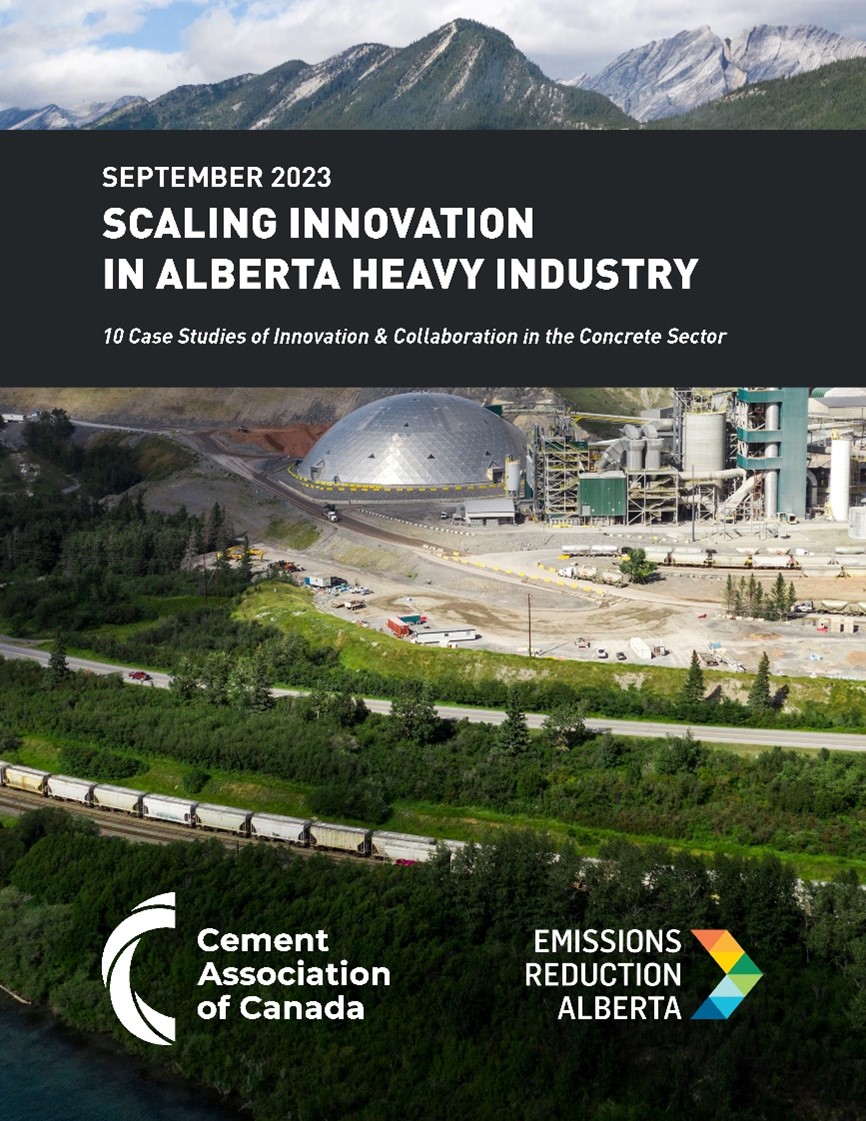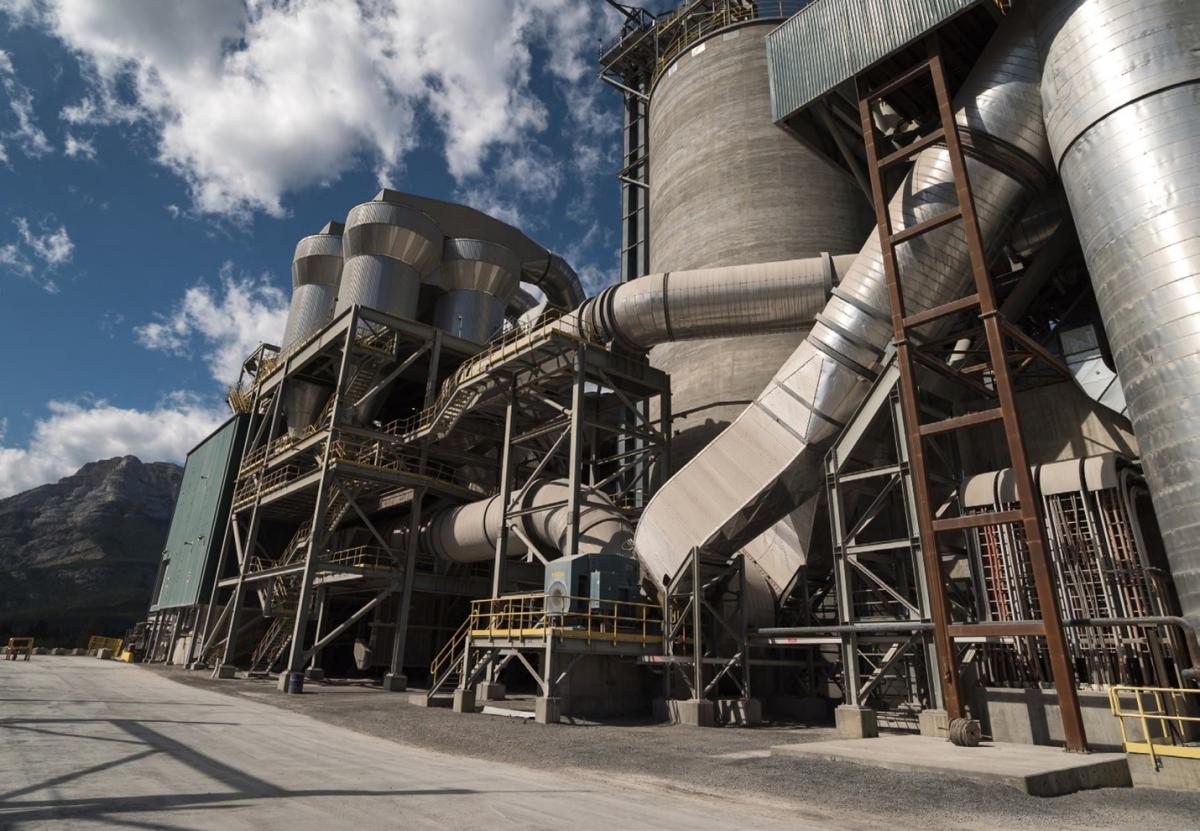TAC Sponsor Spotlight Article
By Glen Furtado
Concrete is the world’s second-largest industrial CO2 emitter, representing up to 8% of CO2 emissions globally and 1.4% in Canada. Concrete is also the world’s second largest commodity, second only to water, which means turning concrete into a net-zero industry is a critical piece of mitigating climate change. The Canadian concrete industry has a history of innovation in the context of changing market forces, and technologies exist today to fully decarbonize this sector within our lifetimes – without the use of offsets.
Recently, in collaboration with industry partners, the Cement Association of Canada launched Concrete Zero: Canada’s cement and concrete industry action plan to net-zero. Our action plan shows that emissions reductions (based on a 2020 baseline) of 40% by 2030, 60% by 2040, and net-zero by 2050 are possible using the technologies available today.
Case Studies of Innovation and Collaboration
Innovation and collaboration are essential to producing net-zero cement and concrete by 2050. We partnered with Emissions Reduction Alberta (ERA) to prepare a summary of ten case studies of innovation and collaboration in the concrete sector supported by ERA and the TIER fund over the past ten years. Together, these projects show how Canadian innovation and entrepreneurs are addressing most, if not all, emissions reduction pathways and exemplify the technology leadership of Canada’s heavy industry.

The Cement Association of Canada partnered with Emissions Reduction Alberta to prepare a summary of ten case studies of innovation and collaboration in the concrete sector.
The 5 Cs
To decarbonize the entire cement and concrete value chain, our industry has identified five (5) C’s, which stand for each stage of where emissions reductions will come from. The 5 C’s stand for clinker, cement, concrete, construction, and carbon uptake. To reach net-zero by 2050, all stages of the value chain must be decarbonized. Each C is outlined in the report of case studies, with examples of innovation and collaboration in the concrete sector. Read below for information on decarbonizing the first C: clinker.
Decarbonizing Clinker through CCS
Clinker is the key ingredient that gives cement its binding properties, it is also the most greenhouse gas-intensive component of cement and concrete. Clinker is made by heating limestone and minerals to extreme temperatures (~1,500 degrees Celsius) in a rotary kiln. This process generates CO₂ through the combustion of fossil fuels to heat the kiln, as well as through “process emissions”, in this case a chemical reaction of limestone that releases greenhouse gases.
Deploying carbon capture and storage technology at full scale during cement manufacturing could eliminate process and combustion emissions significantly. Today, no other technology or process can completely eliminate process emissions.

Heidelberg Materials and the Government of Canada announced a partnership in April 2023 to develop a full-scale Carbon Capture and Storage (CCS) facility.
The plans for the first net-zero carbon capture and storage facility in the North American cement industry are already underway in Edmonton, Alberta. Heidelberg Materials and the Government of Canada announced a partnership in April 2023 to develop a full-scale Carbon Capture and Storage (CCS) facility. The new facility, which is anticipated to be operational by late 2026, will capture more than one (1) million tonnes of CO₂ annually from the Edmonton cement production facility and the combined heat and power facility that is integrated with the capture process.
Lafarge Canada is currently assessing the technical and economic feasibility at their plant in Exshaw Alberta, the largest cement plant in Canada, for CCS. The project includes considerations for a transportation network and sequestration hub that will have the ability to link multiple industrial capture sites to form a CO₂ network in the Bow Valley Region.

The Lafarge Canada plant in Exshaw, Alberta is assessing the technical and economic feasibility of CCS at their plant.
Learn More
There are many more methods for reducing emissions in cement and concrete, spanning all links in the value chain. To learn more about innovation and collaboration in the cement and concrete sector, read our report with Emissions Reduction Alberta, Scaling Innovation in Alberta Heavy Industry: 10 Case Studies of Innovation and Collaboration in the Concrete Sector.

